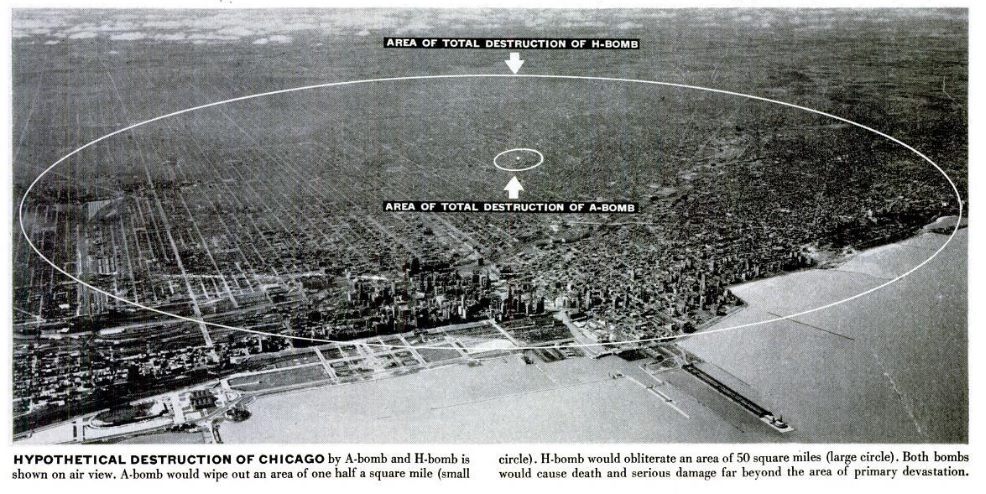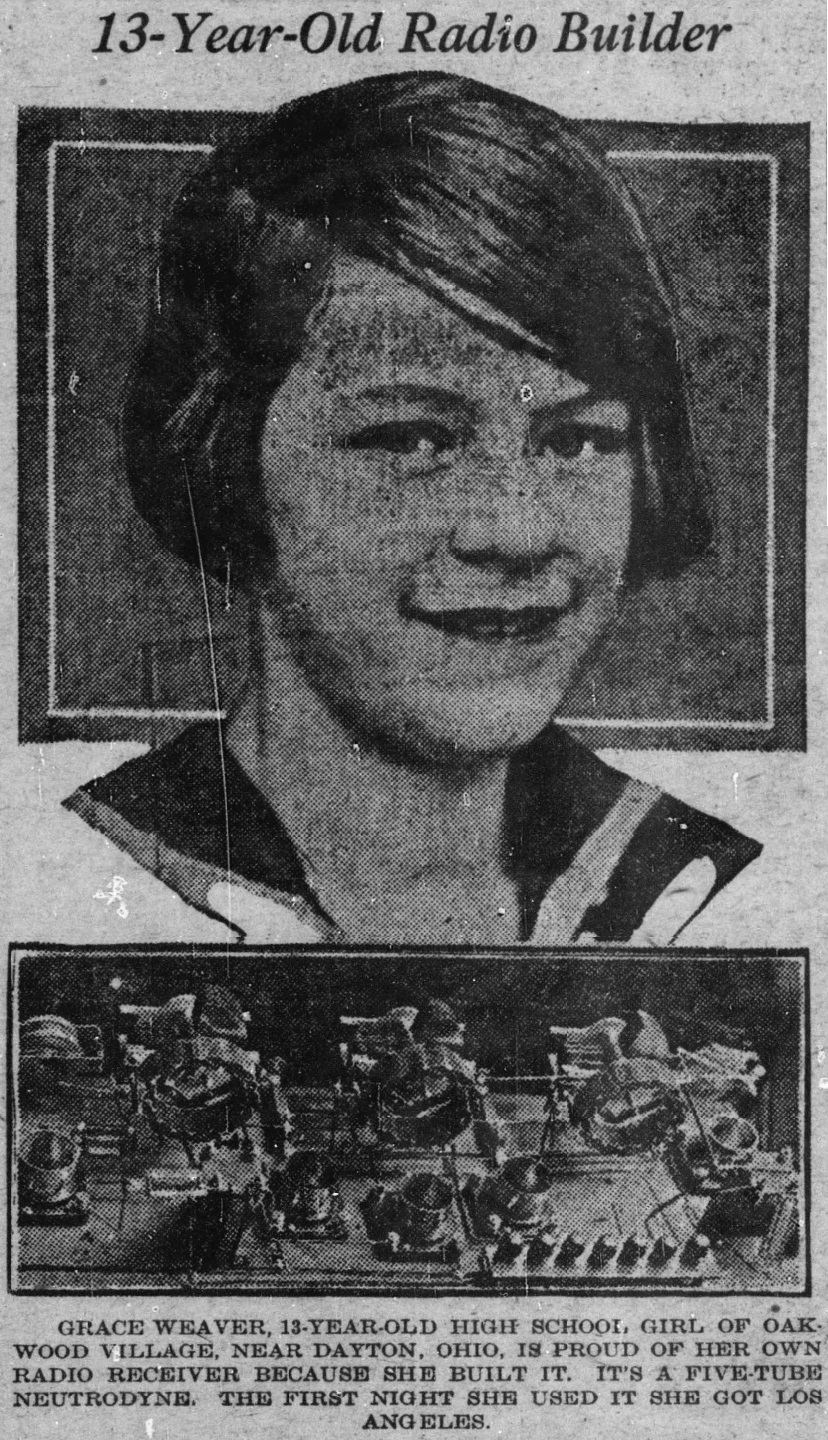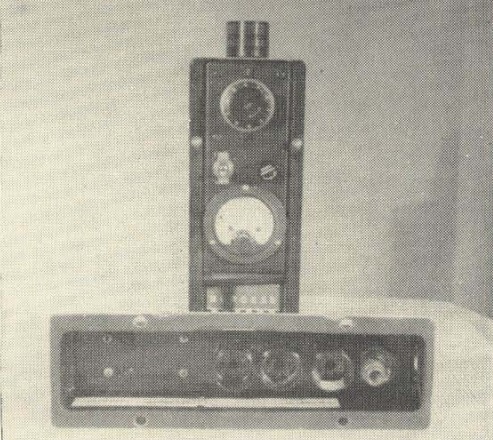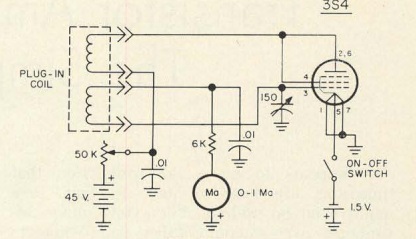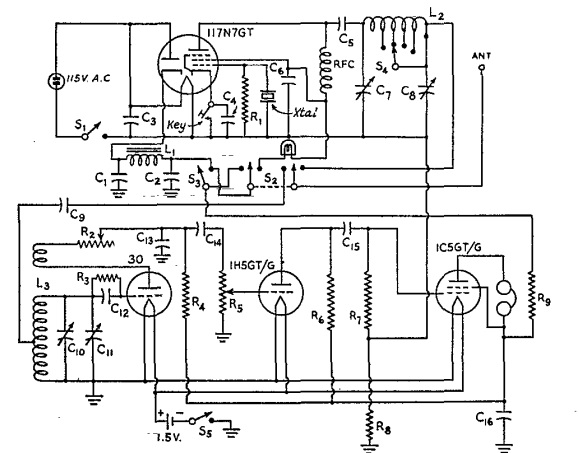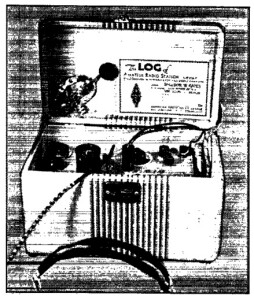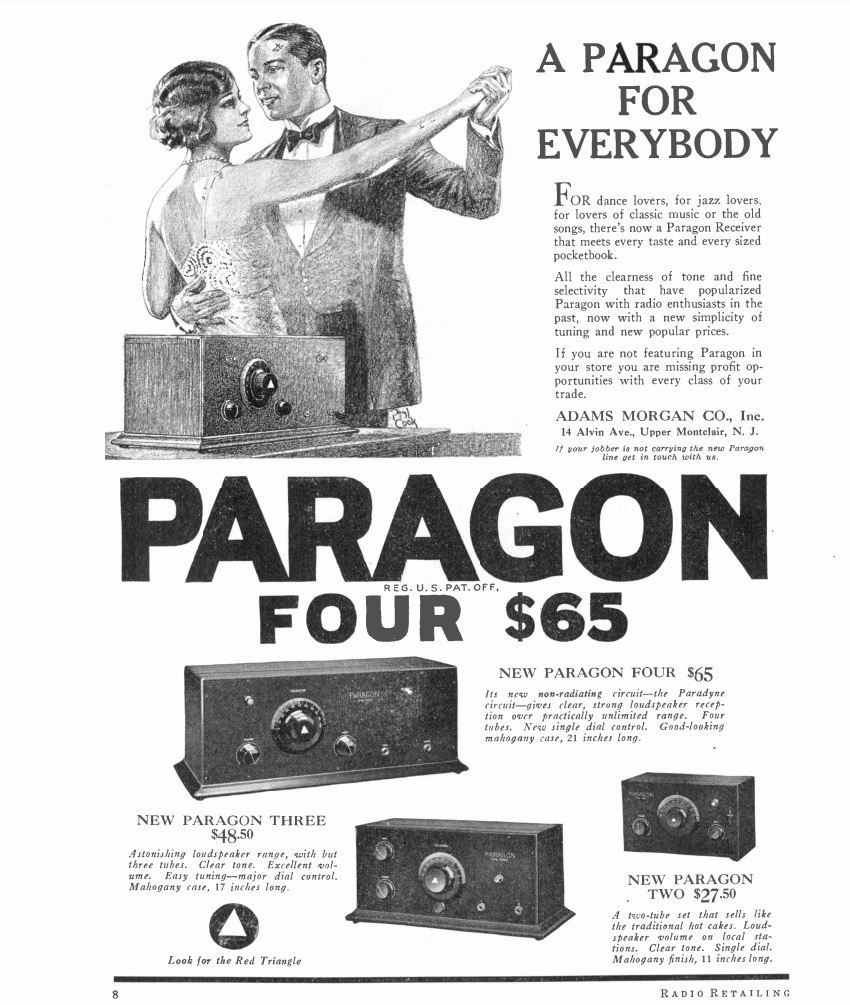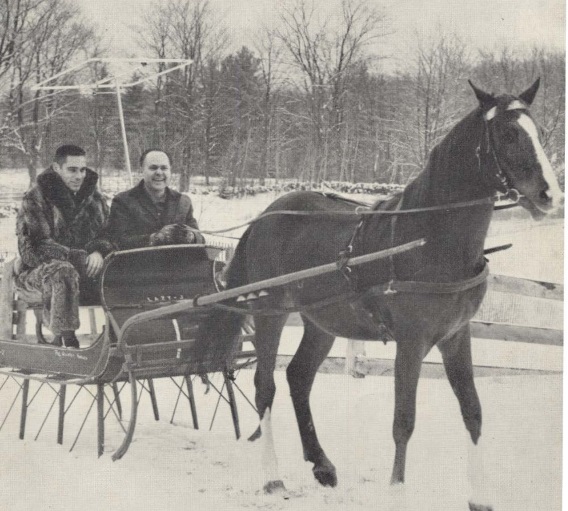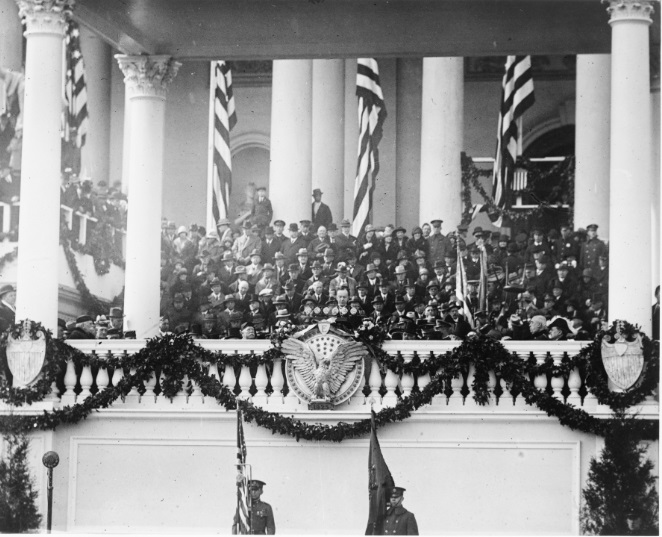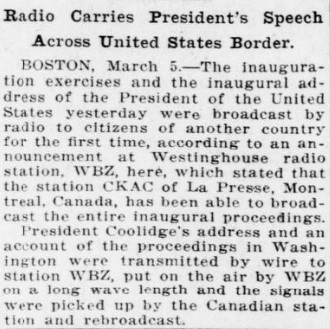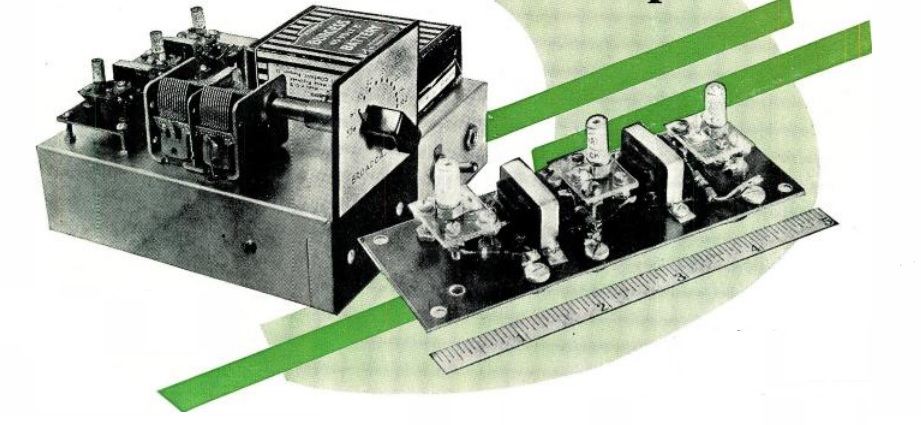 For many radio hobbyists, this could very well have been the first transistor radio they had ever seen. The invention of the transistor was announced in 1948, and the first commercial example to hit the market was the Raytheon CK-703 later that year. The January 1950 issue of Radio News showed how to build this project, a crystal receiver, with three stages of audio amplification, courtesy of the new “crystal triodes.”
For many radio hobbyists, this could very well have been the first transistor radio they had ever seen. The invention of the transistor was announced in 1948, and the first commercial example to hit the market was the Raytheon CK-703 later that year. The January 1950 issue of Radio News showed how to build this project, a crystal receiver, with three stages of audio amplification, courtesy of the new “crystal triodes.”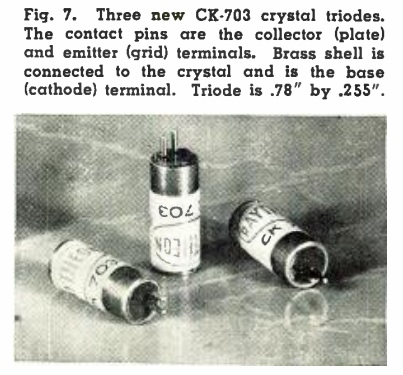
The new transistors resembled miniature tubes, and required sockets. The collectors and emitter terminals had pins, and the base connection was to the brass case of the device. Sockets had not yet hit the market, so the builder, Rufus Turner, K6AI (earlier W3LF), had to fabricate them himself.
He noted that the set would not drive a loudspeaker, but would “give a walloping good signal in high-impedance headphones.” He noted that “enterprising radio men undoubtedly will find a host of applications for this device.”
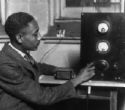 Turner is said to be the first African-American licensed amateur radio operator. He had no formal education in electronics, but managed to achieve Professional Engineer status in two states. He was involved in the development of the 1N34 diode with Sylvania. When he did go to college in the late 1950s, he received his degrees in English and became a professor of English at California State College, although he continued to publish in electronics.
Turner is said to be the first African-American licensed amateur radio operator. He had no formal education in electronics, but managed to achieve Professional Engineer status in two states. He was involved in the development of the 1N34 diode with Sylvania. When he did go to college in the late 1950s, he received his degrees in English and became a professor of English at California State College, although he continued to publish in electronics.
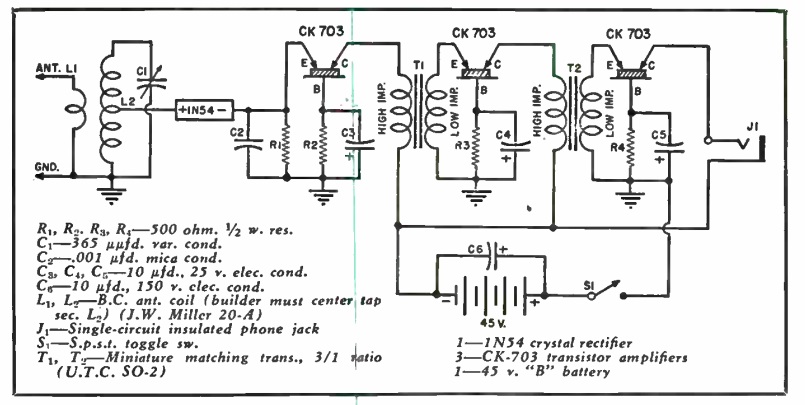
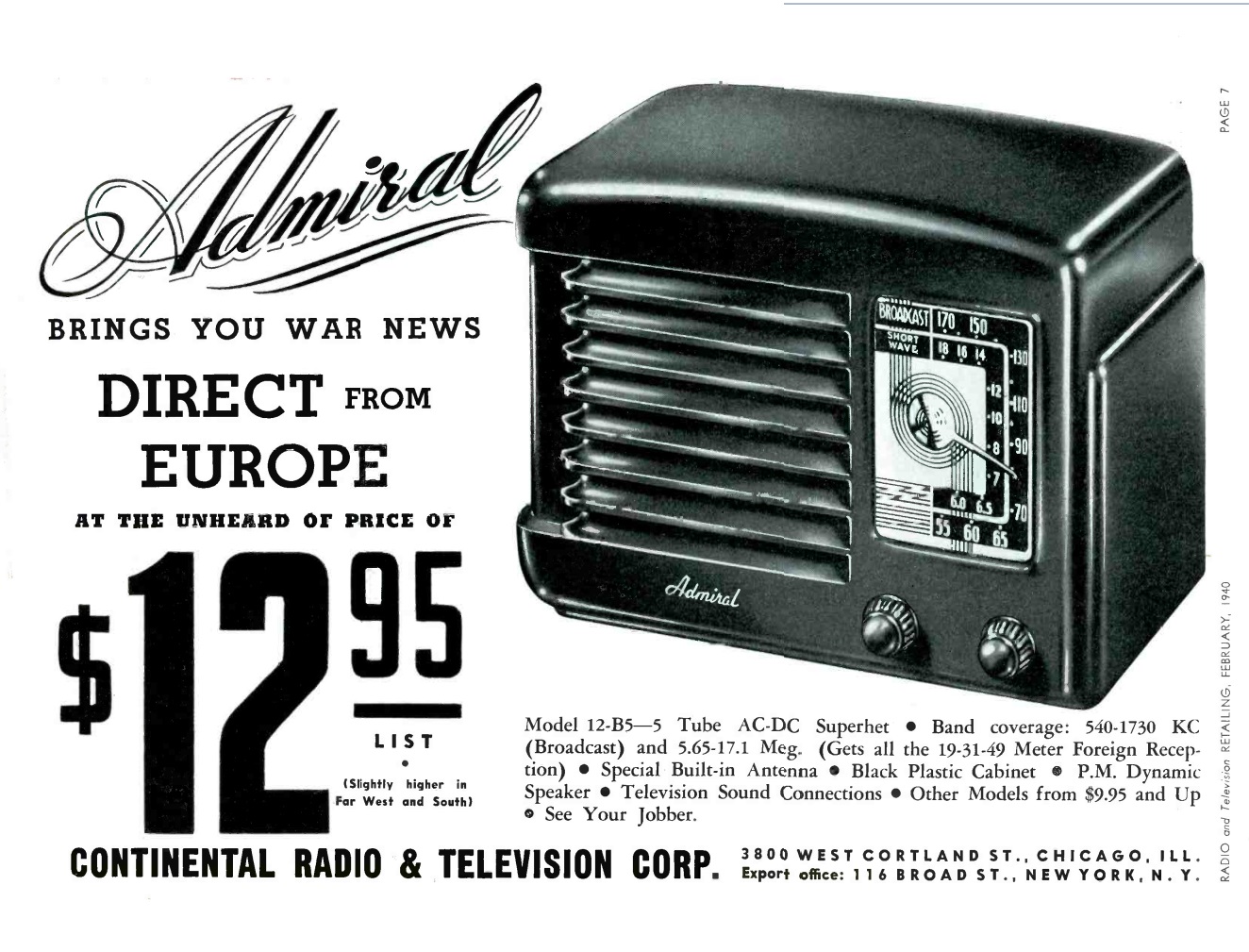 Eighty-five years ago, the War was still over a year away for America, but it was raging in Europe. With a shortwave receiver, you could pull in the war news directly from Europe. And thanks to the Admiral model 12-B5, you could do so for the unheard of price of only $12.95. Of course, there’s been a lot of inflation since 1940, and according to this inflation calculator, that works out to $290 in 2025 dollars. But we think it would be worth the investment.
Eighty-five years ago, the War was still over a year away for America, but it was raging in Europe. With a shortwave receiver, you could pull in the war news directly from Europe. And thanks to the Admiral model 12-B5, you could do so for the unheard of price of only $12.95. Of course, there’s been a lot of inflation since 1940, and according to this inflation calculator, that works out to $290 in 2025 dollars. But we think it would be worth the investment.
